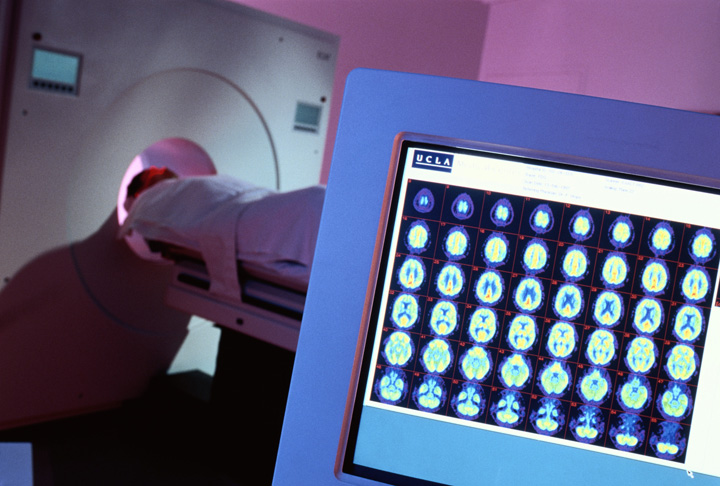SASKATOON – The board of governors at the University of Saskatchewan has approved construction of the province’s first cyclotron, which will produce medical imaging agents known as isotopes.

The isotopes are used in PET and CT scans, which are the most effective way to identify many types of cancer. A CT scan shows structures such as bones and muscles in the body. A PET scan shows areas of activity in the body and can detect whether cancer cells are growing.
The scans allow doctors to locate tumours precisely and determine whether treatments are working, says the university’s website.
The isotopes will be used in a new scanner being installed at Royal University Hospital in Saskatoon.
“On a daily basis you’ll produce medical isotopes, which are used with the scanner to serve patients in the province, so there’s an immediate benefit to the health-care system,” said John Valliant, who is advising the university on the project.
“At the same time, the facility is also used to develop the next generation of agents for imaging patients and so there’s also basic, new exciting science going on with the facility.”

Get weekly health news
Valliant runs two similar units at McMaster University in Hamilton, where he is a professor. He’s also the CEO of the Centre for Probe Development and Commercialization.
He says the cyclotron, which has a price-tag of $25.5 million, is important for Saskatchewan.
“You’re going to be attracting innovative, world-class researchers to come use the facility and every day you’re helping patients.”
Saskatchewan is one of only two provinces – Prince Edward Island is the other – without PET scanning facilities. Saskatchewan patients who need the scans now are sent to Edmonton or Winnipeg.
The provincial and federal governments announced funding for the cyclotron in March 2011.
At the time, the province said the new PET scanner at Royal University Hospital would have the capacity to provide about 2,000 scans a year when it is fully operational.
Valliant says that scanner will need to have isotopes readily accessible.
“One of the problems is with these medical isotopes is that they only last for a short period of time, so they have a short half life, so shipping them over long distances becomes complicated and expensive. It’s better to have a local supply.”
The province is putting $17.8 million towards equipment, construction, regulatory approvals and other costs for the cyclotron. Ottawa is kicking in the other $7.7 million.
Construction should start within a couple of months, said Valliant. The cyclotron is expected to be operating for research purposes by 2015 and supplying medical isotopes by 2016.
The facility will be in the former Animal Resource Centre on the University of Saskatchewan campus between the Canadian Light Source and the Western College of Veterinary Medicine. The Sylvia Fedoruk Canadian Centre for Nuclear Innovation, a subsidiary of the University of Saskatchewan, will manage and operate the cyclotron and lab facility.





Comments